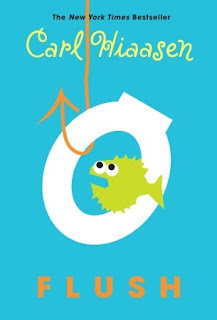Grade 5
Reading
Guided
Reading WorK
It’s important for teachers to assess the skills and
strategies your child uses as he/she reads to determine whether or not they are
ready to move on to the next level of “just right” texts. When a child does
demonstrate mastery of and consistency with the skills and strategies within a
level, the child is most likely ready to move on to the next level.
The goal is to help students develop strategies
to apply independently. Work focuses on:
·
Working with small groups
·
Matching student reading ability to text levels
·
Giving everyone in the group the same text
·
Introducing the text
·
Listening to individuals read
·
Prompting students to integrate their reading processes
·
Engaging students in conversations about the text
Your
child will be provided a leveled book mark to help them focus on strategies and
skills needed on their current level. The following are samples of Grade 5
reading level bookmarks.
Level
R
*Character flaws
· Flashbacks- Be careful- there are a lot of flashbacks and
time changes in R books. Read carefully to notice them. Then ask yourself: What is the purpose of this flashback? Why did the author include it
in this part of the story?
Repeated
is Important! Notice when an author
repeats something (words, phrase, feeling, situation, character thinking)! It
is IMPORTANT!! Notice it & figure out how it is important.
|
Level
S
*Foreshadowing
*Multiple Plot Lines
*Carry Confusion forward
*acting as another character?
*mimicking the feelings of the character?
*causing a problem for the character?
*connected to the problem?
New, Interesting
Vocabulary- Seek
out new and interesting words, record them, and actively add them to speaking
and writing vocabulary.
|
Level T/U
●
Themes focusing on the problems of
preadolescents. Use situations that
focus on the problems of preadolescents to develop new perspectives on
readers own lives. Notice when author’s presents themes that evoke
alternative interpretations. What does the author want to tell me about
________? What do I think about ______________?
● Notice themes across books. Think about
the way different authors write about the same theme.
●
Many texts focusing on human problems
(war, hardship, economic issues, family)
●
Notice as well as discuss writer’s use
of symbolism. Understand alternative interpretations of symbolism. What are
the different meanings hidden here?
●
Expect to have new insights about
people, relationships, and the world after reading. You can gain these from
the main characters but also secondary characters.
●
Seek out new and interesting words,
record them, and actively add them to speaking and writing vocabulary.
●
Be aware that sometimes the setting
actually plays a role in the story. As you read ask yourself: Is
the setting playing a role in the story?
Is it…
*acting as another character?
*mimicking the feelings of the character?
*causing a problem for the character?
*connected to the problem?
Readers are challenged by many longer descriptive words and by
content‐specific/technical words -
what information or feeling is the author trying to convey?
|

